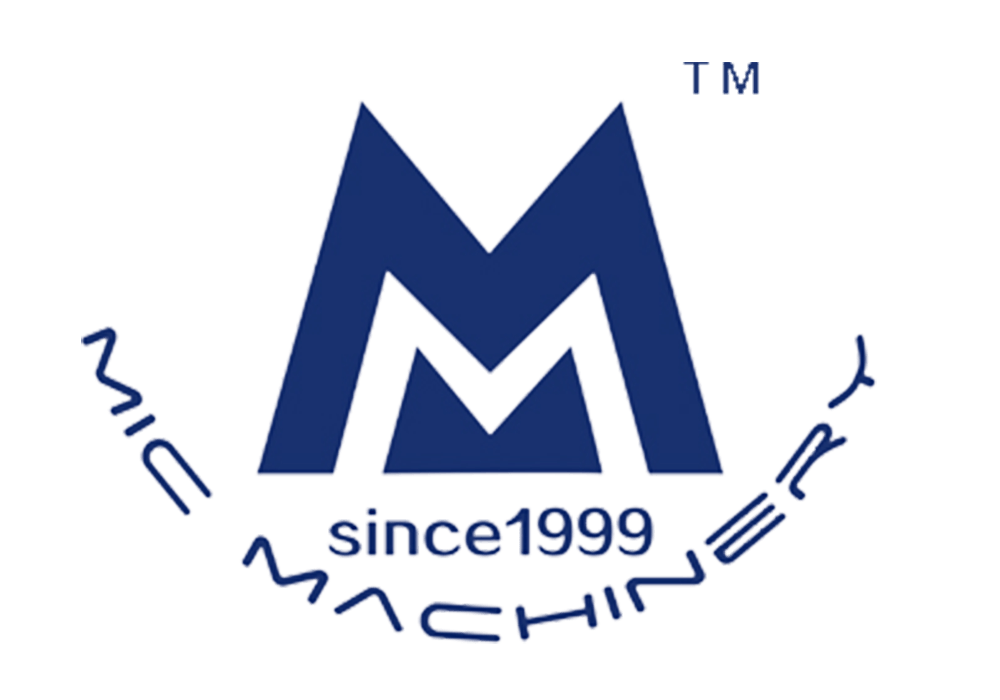How to Choose a Tube Filling Machine Brand? In-Depth Analysis of Four Major Production Regions
In the cosmetics, pharmaceutical, and food industries, tube filling machines are critical for ensuring precise product dispensing and efficient manufacturing. From accurately dosing facial serums to sealing medical-grade ointments, the right equipment directly impacts production efficiency, product quality, and operational costs. With key production hubs in China, the US, Europe, and Japan, each region offers unique advantages shaped by technological expertise, manufacturing traditions, and market focus. Understanding these regional differences is essential for businesses seeking to balance performance, budget, and long-term reliability when selecting a tube filling machine.
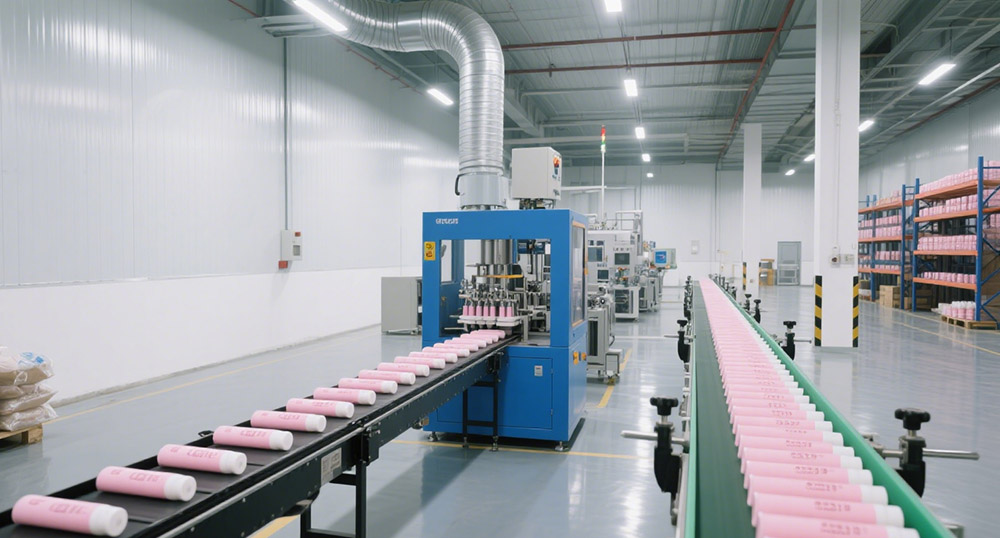
US-Manufactured Tube Filling Machines: Technological Prowess and Premium Costs

American tube filling machine manufacturers lead the industry in advanced automation and intelligent systems. High-end models often integrate AI-powered vision inspection technology that monitors tube alignment, filling volume, and sealing quality in real time. Paired with precision servo motors, these machines achieve dosage accuracy within ±0.1 grams—critical for pharmaceutical applications requiring strict regulatory compliance. Modular designs further enhance versatility, allowing users to add labeling, coding, or quality control modules as production needs evolve. For example, a leading US brand’s pharmaceutical-grade machine can switch between 5ml eye drop tubes and 100ml cream tubes in under 30 minutes using quick-change tooling.
However, this technological excellence comes at a significant cost. A fully automated US-made tube filling machine typically ranges from 500,000 to 800,000—3 to 5 times the price of Chinese equivalents. Maintenance relies heavily on original equipment manufacturers (OEMs), with single service calls often exceeding $5,000. Additionally, US machines are optimized for standard Western tube sizes (19–25mm diameters), which can require costly modifications—up to 20% of the initial investment—for non-standard or smaller Asian tube specifications.
European Tube Filling Machines: Craftsmanship, Sustainability, and Customization Challenges
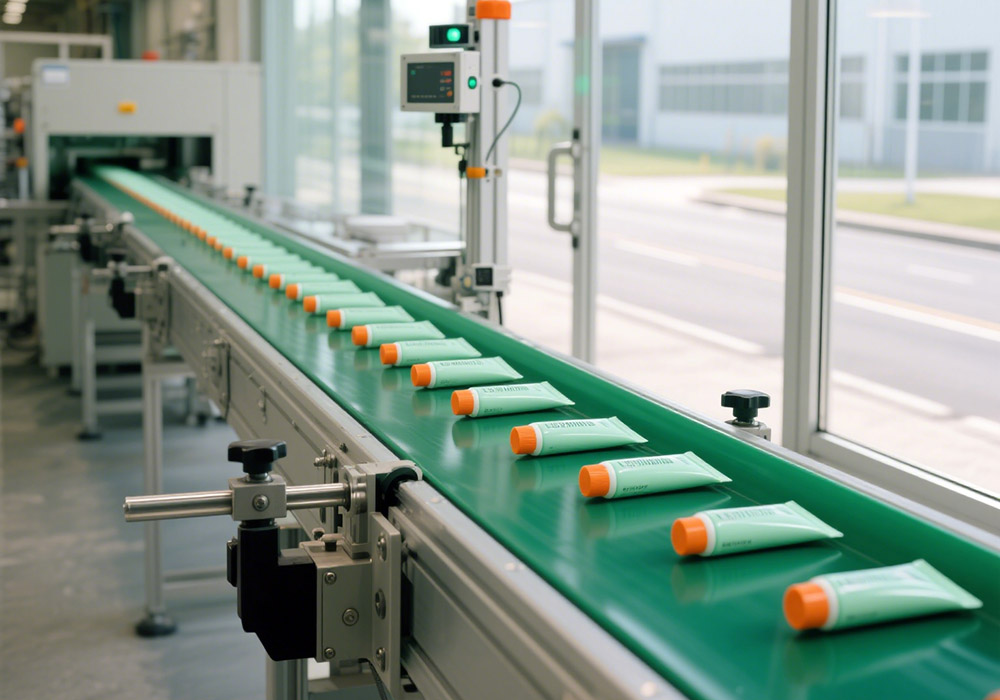
European manufacturers are renowned for blending meticulous craftsmanship with engineering durability. German firms subject critical components like gearboxes and pneumatic systems to 2,000+ hours of continuous stress testing, while Italian brands prioritize energy efficiency. For instance, a top Italian model uses regenerative braking technology to reduce energy consumption by 30% and supports biodegradable plant-based tubes, earning EU Ecolabel certification. French designs often feature ergonomic interfaces with sub-0.3-second response times, enhancing operator efficiency during 24/7 production runs.
Despite their quality, European tube filling machines come with steep price tags: basic models start at €300,000 (≈$325,000), and customized systems can exceed €500,000. Legacy manufacturers may take 12–16 weeks to deliver non-standard components, such as specialized filling heads for oval tubes, which challenges quick-turnaround needs for SMEs. Cross-border after-sales support adds further complexity, with emergency repairs often taking 72 hours or more and parts delivery delayed by international logistics.
Japanese Tube Filling Machines: Compact Precision with Scalability Limitations
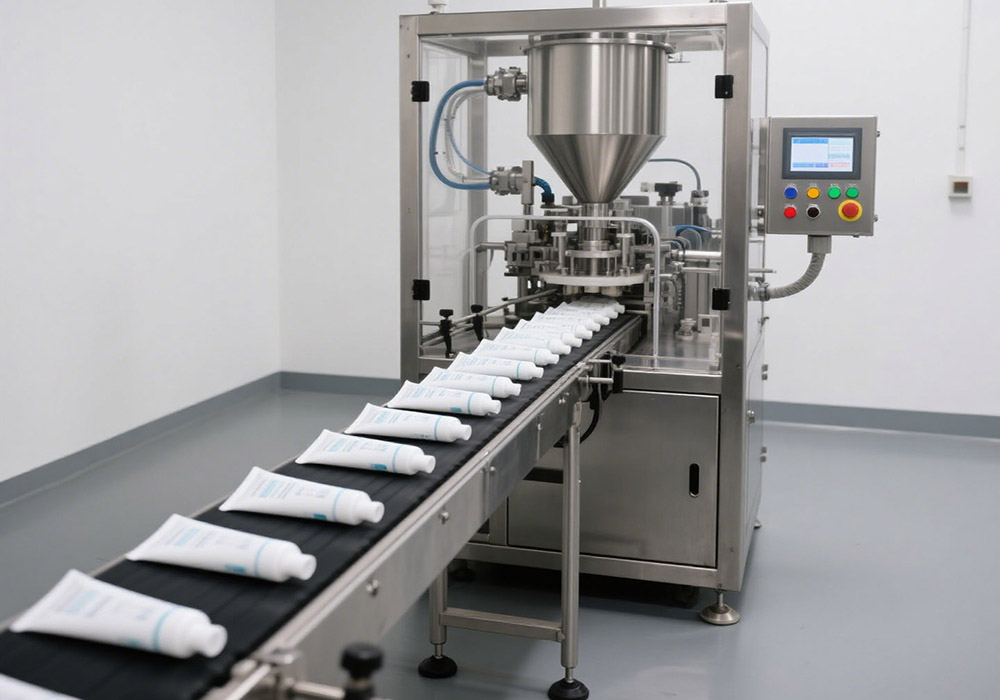
Japanese tube filling machines excel in "small-scale excellence," occupying 40–60% less floor space than Western models—ideal for labs, boutique manufacturers, or facilities with limited space. Ceramic piston pumps enable repeatability within 0.05 milliliters, making them perfect for precise dosing of products like lip gloss, nail polish, or essential oils. Intuitive graphical interfaces with multilingual support (English, Chinese, Japanese) allow new operators to train in just 2–3 hours, while some models integrate AR maintenance guides to reduce downtime. A leading Japanese brand’s compact model, for example, fits into a 1.2m² footprint yet maintains 80 tubes per minute filling speed.
However, their compact design limits maximum output to 80–100 tubes per minute, insufficient for large-scale producers needing 200+ tubes per minute. Advanced features like blockchain-based anti-counterfeiting systems or multi-head filling configurations require bespoke development, adding 30–50% to costs. Overseas parts availability is another challenge, with specialized components like micro-solenoid valves often taking 2–3 weeks to deliver from Japan.
Chinese Tube Filling Machines: Cost-Effectiveness and Rising Technical Capability
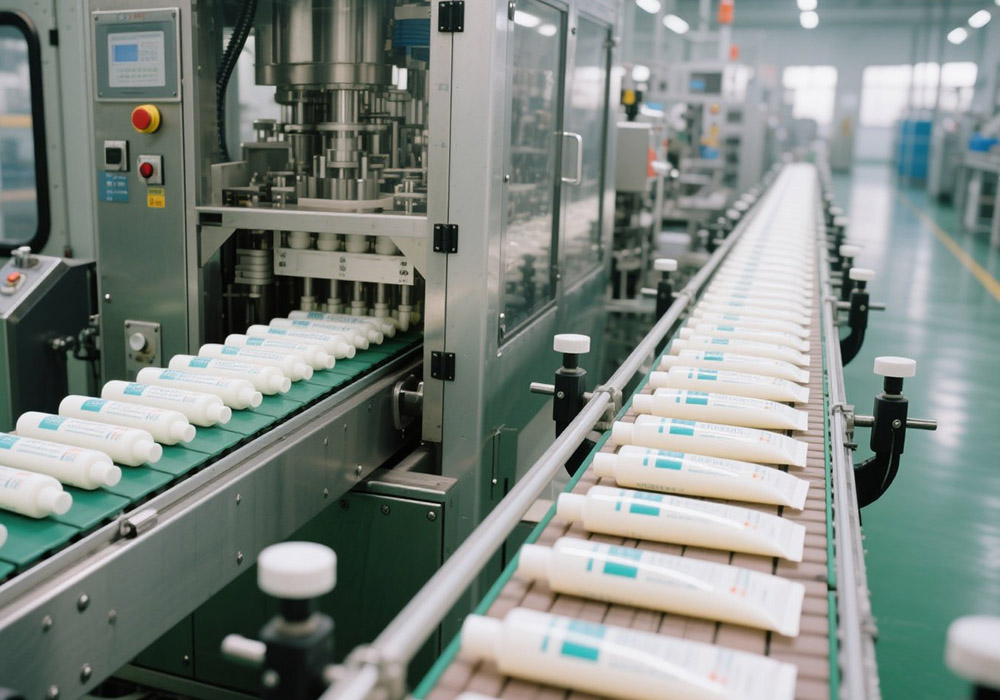
China has emerged as a dominant producer, combining rapid customization with competitive pricing. Domestic manufacturers can tailor basic parameters—such as filling volume, nozzle type, and control systems—within 15 days, offering "turnkey" solutions that include factory layout planning and operator training. Fully automated models range from ¥150,000 to ¥400,000 (21,000–56,000), and some innovators offer subscription-based rental models with inclusive maintenance. For example, a Chinese firm’s toothpaste filling machine supports 5–200ml tubes and integrates QR code labeling at a third of the cost of European equivalents.
While quality has improved significantly, technical gaps remain: key components like high-precision flow meters and PLC controllers often rely on imports from Japan or Germany, affecting long-term reliability. Industry data shows Chinese machines average 800 hours of trouble-free operation versus 1,500+ hours for US/European models. Global brand recognition is growing, though, with leading firms now pursuing ISO 13485 certification for medical-grade equipment and expanding after-sales networks in Southeast Asia and Africa.
Strategic Selection: Balancing Key Factors for Optimal Choice
Choosing a tube filling machine requires a systematic evaluation of:
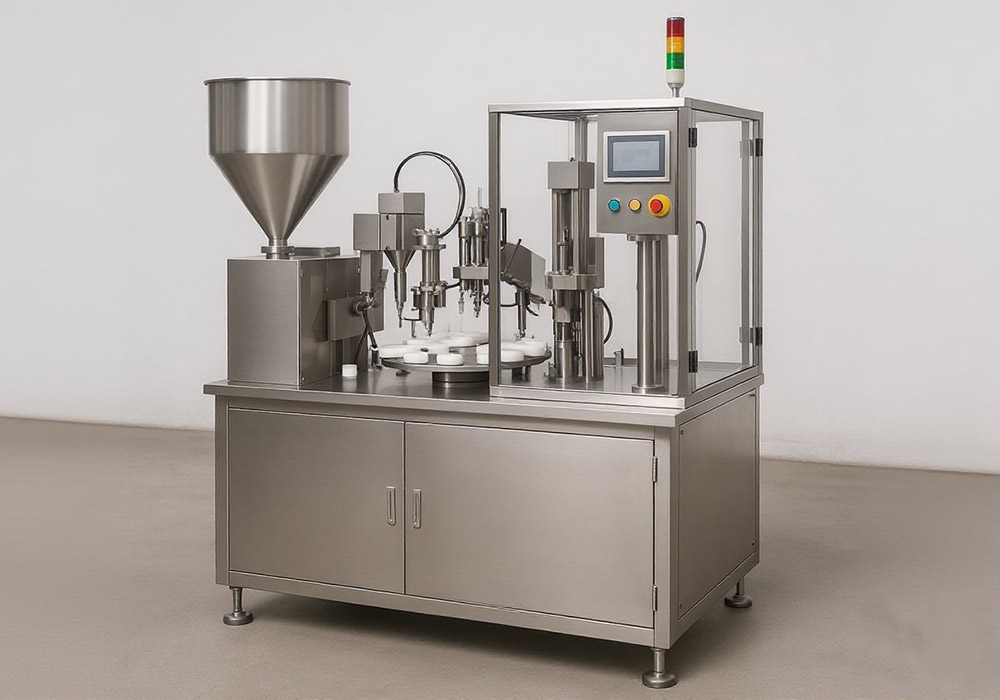
1. Production Scale: High-volume producers (100,000+ tubes/day) in industries like mass-market cosmetics may prioritize US/European high-speed models, while SMEs or niche brands can thrive with Japanese or Chinese cost-efficient solutions.
2. Total Cost of Ownership: Beyond the purchase price, factor in 3–5-year costs for energy, maintenance, and parts. A $800,000 US machine may prove cheaper long-term if it requires 50% fewer repairs than a lower-priced alternative.
3. Regulatory Compliance: Pharmaceutical manufacturers need GMP-certified US/European models, while eco-conscious brands may prefer EU Ecolabeled machines or Chinese systems supporting recycled materials.
4.Technological Flexibility: Opt for machines with open API systems for IoT integration, the ability to support future packaging materials, and modular designs that allow functionality upgrades as business needs evolve.
